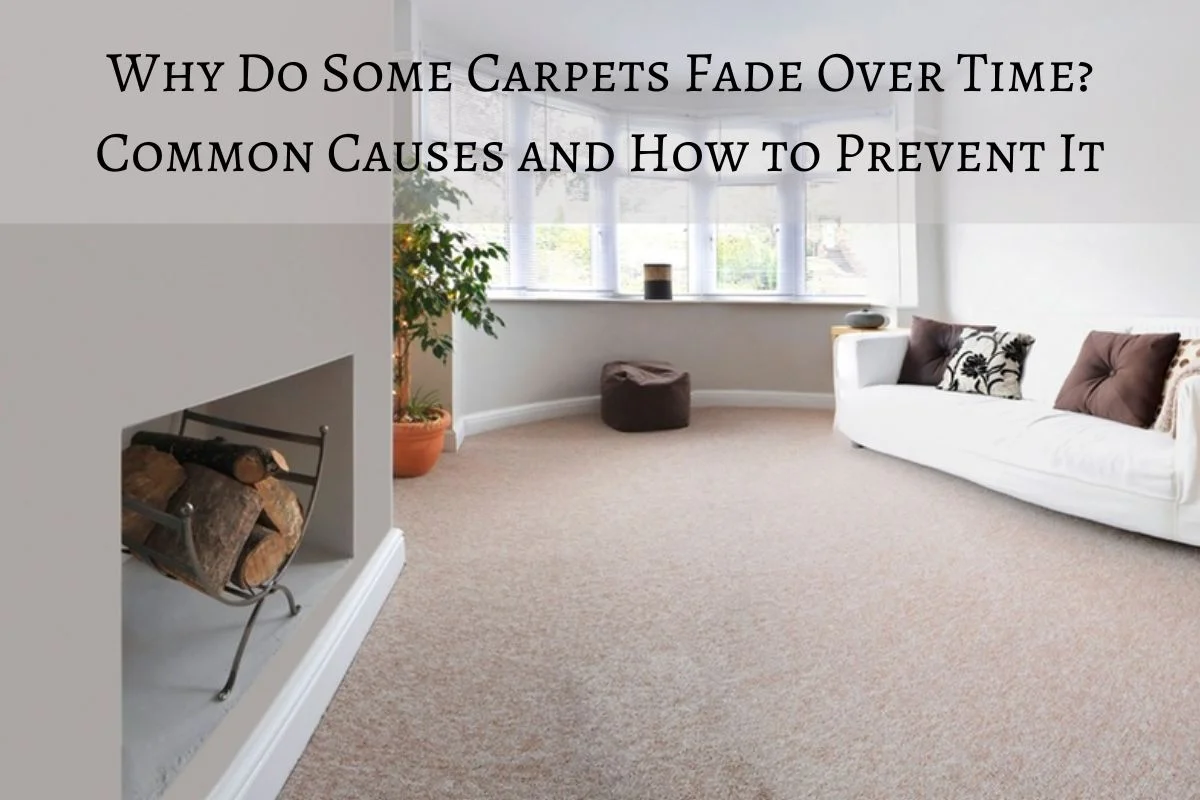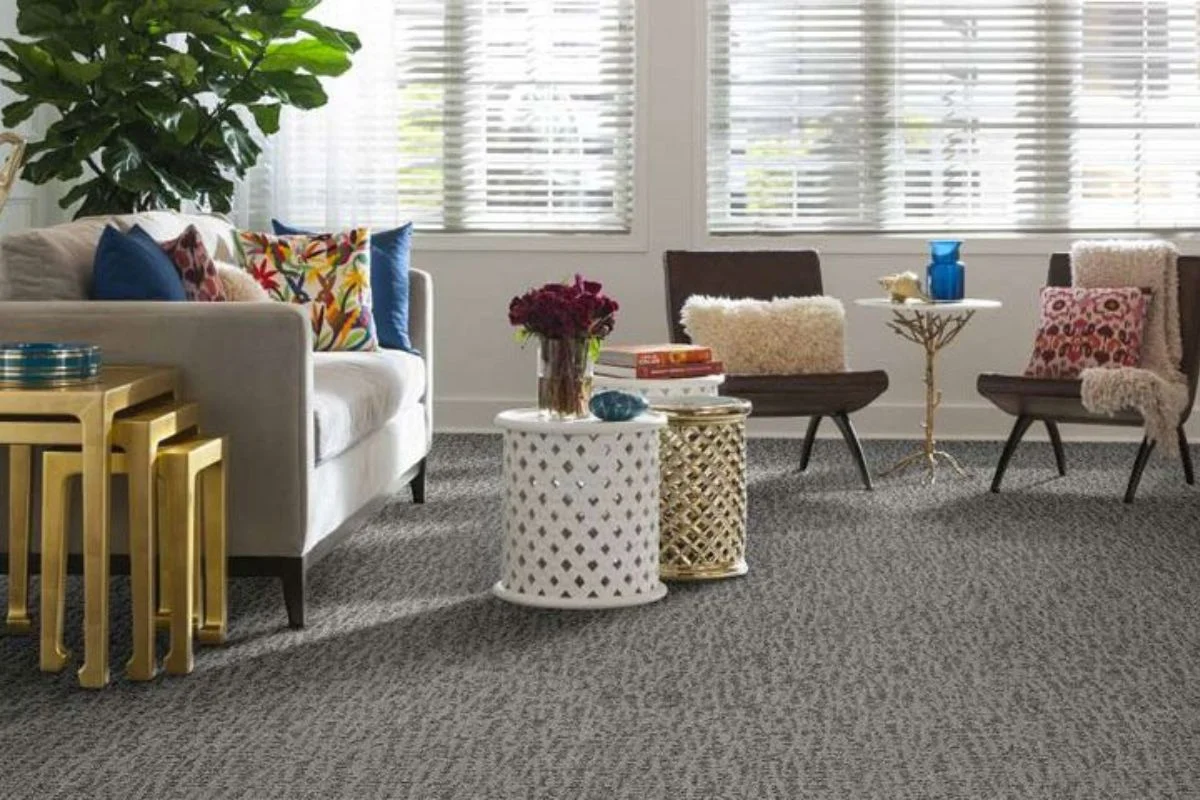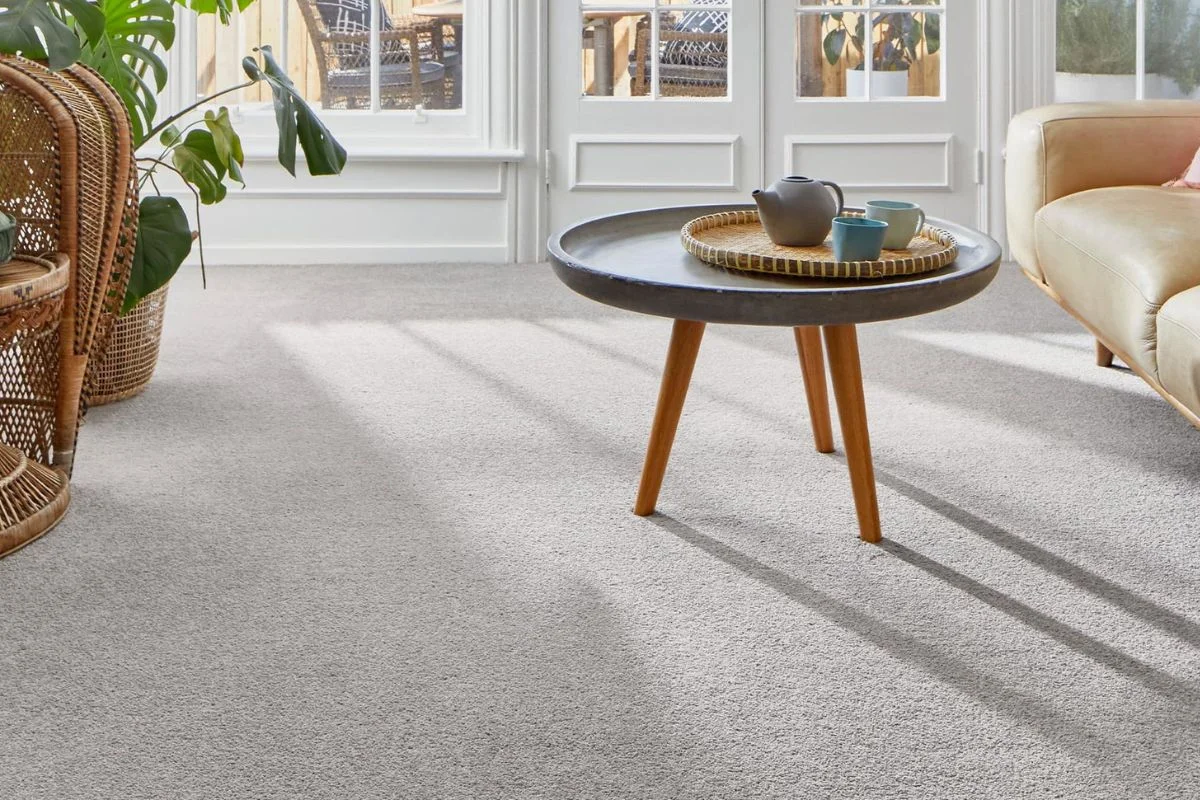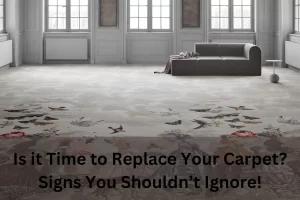Carpets are more than just floor coverings—they’re an investment in your home’s style and comfort. But nothing can dampen the appeal of a gorgeous carpet faster than fading colors. Over time, some carpets lose their vibrancy, leaving them looking dull and aged. So, what causes this frustrating phenomenon, and how can you prevent it? Fading isn’t just about bad luck or poor-quality materials; it’s often the result of environmental factors like sunlight, cleaning habits, or even chemical exposure. In this guide, we’ll explore the common causes of carpet fading and share practical tips to keep your carpets looking fresh and vibrant for years.
Introduction to Carpet Fading
Carpet fading is a gradual loss of color and vibrancy, affecting the aesthetic appeal of your home. Over time, environmental factors like sunlight, cleaning habits, and pollutants can strip carpets of their rich hues, leaving them dull and lifeless. Understanding the causes of fading is crucial to preserving your carpet’s look and longevity. By recognizing the impact of daily wear and environmental exposure, homeowners can take proactive measures to protect their investment. This blog explores the common causes of carpet fading and offers practical tips to keep your carpets looking fresh, vibrant, and as good as new for years.
Common Causes of Carpet Fading
Several factors contribute to carpet fading. Sunlight is a major culprit, with UV rays breaking down dyes and fibers. Harsh cleaning chemicals can strip away colors over time, especially if used excessively. Moisture and humidity lead to mold or discoloration, particularly in damp areas. High foot traffic wears down dyes, especially in busy spaces. Additionally, airborne pollutants like smoke, dust, or chemicals settle on carpets, dulling their appearance. Understanding these causes allows you to take preventive steps, such as using protective treatments, controlling sunlight exposure, and adopting gentler cleaning methods to ensure your carpet’s longevity and appeal.
Types of Carpets Prone to Fading
Not all carpets fade equally. Natural fibers, such as wool or cotton, are often more susceptible to fading than synthetic ones like nylon or polyester. Carpets with low-quality dyes or poor manufacturing techniques tend to lose vibrancy faster. Light-colored carpets, while elegant, show fading more prominently compared to darker shades. Conversely, dark carpets may fade unevenly, leading to noticeable discoloration in exposed areas. Solution-dyed synthetic fibers are among the most fade-resistant options. Understanding these differences helps homeowners choose carpets that align with their needs, ensuring durability and style without compromising on resilience to fading.
How to Prevent Carpet Fading
Preventing carpet fading requires a proactive approach. UV protection is essential—use curtains, blinds, or UV-blocking window films to shield carpets from sunlight. Rearrange furniture or rotate carpets regularly to distribute wear and sun exposure evenly. Opt for gentle cleaning products that are free from harsh chemicals and dyes. Maintain proper humidity control to prevent moisture-related discoloration by using dehumidifiers or ensuring good ventilation. Additionally, consider applying fade-resistant coatings or treatments to carpets. By incorporating these simple yet effective measures, homeowners can protect their carpets, ensuring they remain vibrant and beautiful over the years.
Maintenance Tips for Long-Lasting Vibrancy
Regular maintenance is key to preserving carpet colors. Vacuum frequently to remove dust and debris, which can dull fibers over time. For spot cleaning, use mild detergents and blot spills immediately to prevent stains from setting in. Avoid scrubbing, which can damage fibers and exacerbate fading. Schedule professional cleaning every 12-18 months to rejuvenate the carpet’s appearance and remove embedded dirt. Ensure carpets are kept away from excessive sunlight by strategically placing them in shaded areas. These maintenance practices not only extend the carpet’s life but also ensure it retains its original vibrancy and charm.
How to Choose Fading-Resistant Carpets
When selecting a carpet, look for fade-resistant labels or warranties that guarantee longevity. Carpets made with solution-dyed fibers, such as nylon or polyester, are highly resistant to fading as the color is embedded into the fiber rather than applied to the surface. Prioritize quality over price, as high-quality carpets are designed to withstand wear and maintain their appearance longer. For areas prone to sunlight exposure, consider darker or patterned carpets that can mask fading better than plain, light-colored ones. Choosing the right carpet with fade-resistant properties ensures both durability and long-lasting beauty for your space.
Cost Implications of Fading
Carpet fading can lead to expensive repairs or replacements, making prevention a cost-effective choice. Investing in fade-resistant carpets or protective treatments may seem costly initially but pays off by extending the carpet’s lifespan. Frequent cleaning, repairs, or re-dyeing due to fading can add up over time, outweighing the initial savings from cheaper options. Additionally, faded carpets can devalue the overall look of your space, impacting resale value. By balancing upfront costs with long-term benefits, homeowners can make smart choices, ensuring their carpets remain a beautiful and worthwhile investment for years to come.
When to Replace a Faded Carpet
Even with the best care, there may come a time when a faded carpet needs replacing. Signs include uneven discoloration, visible wear in high-traffic areas, or when the carpet no longer complements your space. If fading is accompanied by damage like fraying or thinning fibers, it’s likely beyond repair. Restoration methods like re-dyeing may work in some cases but can be expensive and not always effective. When replacing, opt for fade-resistant materials to avoid repeating the problem. A new carpet not only revives your space but also offers the opportunity to choose a more durable and stylish option.
Conclusion and Recommendations
Carpet fading is a common issue, but it’s not inevitable. By understanding the causes—like UV rays, harsh cleaning products, and moisture—you can take steps to prevent it. From investing in fade-resistant carpets to implementing protective measures like UV-blocking window treatments, there are numerous ways to maintain your carpet’s vibrancy. Regular maintenance, such as vacuuming and professional cleaning, further extends its life. When fading becomes irreversible, replacing the carpet with a durable, fade-resistant option is the best choice. By prioritizing quality and care, you can enjoy beautiful, long-lasting carpets in your home.









